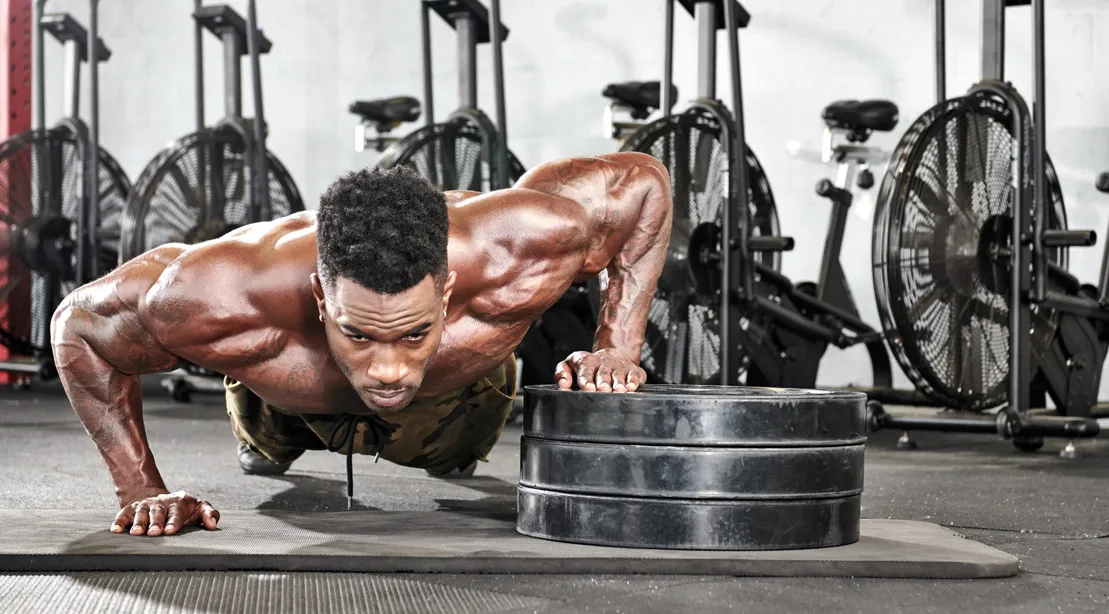Recovering from a leg injury can be a challenging journey, but with the right workout plan, you can regain strength, flexibility, and mobility. It’s important to approach recovery with care, focusing on exercises that promote healing without exacerbating the injury. Here’s a guide to the best workout for leg injury recovery, designed to help you rebuild your strength safely and effectively.
1. Gentle Stretching: Regain Flexibility
Stretching is a crucial first step in recovering from a leg injury. Gentle, controlled stretches help improve blood circulation, reduce stiffness, and gradually restore range of motion. Start with basic stretches that target the injured area, such as hamstring stretches, calf stretches, and quadriceps stretches. Hold each stretch for 20-30 seconds, ensuring that you don’t push to the point of pain.
Key Stretching Exercises:
- Hamstring Stretch: While lying on your back, gently pull one leg toward your chest, keeping the knee slightly bent.
- Calf Stretch: Stand facing a wall, place one foot forward with the knee bent, and the other leg extended behind you, pressing the heel into the floor.
- Quadriceps Stretch: Stand on one leg, holding onto a chair for balance, and pull the other leg behind you, holding your ankle.
2. Low-Impact Aerobic Exercises: Boost Circulation
Once you’re comfortable with stretching, low-impact aerobic exercises can help increase blood flow and promote healing. Activities such as walking, swimming, and using a stationary bike are excellent options. These exercises are gentle on the joints and provide cardiovascular benefits without placing excessive strain on the injured leg.
Recommended Aerobic Exercises:
- Walking: Start with short, slow walks on even surfaces, gradually increasing distance and speed as your leg strengthens.
- Swimming: Swimming is ideal for leg injury recovery as the water supports your weight, reducing stress on the injured leg while allowing you to exercise all major muscle groups.
- Stationary Cycling: A stationary bike offers controlled movement, allowing you to adjust resistance levels to match your recovery progress.
3. Strengthening Exercises: Rebuild Muscle
As your leg begins to heal, incorporating strength training exercises is essential for rebuilding muscle and preventing future injuries. Start with low-resistance exercises that focus on the muscles surrounding the injured area. It’s crucial to progress slowly, ensuring that you maintain proper form and avoid overloading the injured leg.
Key Strengthening Exercises:
- Leg Raises: While lying on your back, lift one leg straight up without bending the knee, hold for a few seconds, and then lower it slowly.
- Heel Raises: Stand with your feet shoulder-width apart and slowly rise onto your toes, then lower your heels back to the floor.
- Wall Sits: Stand with your back against a wall, slide down into a seated position, and hold for 10-15 seconds before slowly standing back up.
4. Balance and Stability Exercises: Prevent Re-injury
Regaining balance and stability is vital to prevent re-injury and improve overall leg function. Balance exercises help strengthen the smaller stabilizing muscles that are often overlooked during recovery. These exercises can be performed using tools like balance boards or simply by practicing standing on one leg.
Effective Balance Exercises:
- Single-Leg Stand: Stand on one leg while holding onto a chair for support if needed. As you progress, try to balance without holding onto anything.
- Tandem Walk: Walk in a straight line, placing one foot directly in front of the other, as if walking on a tightrope. This exercise improves coordination and stability.
- Balance Board: Stand on a balance board, shifting your weight from side to side and front to back to engage your core and leg muscles.
5. Functional Movements: Prepare for Daily Activities
The final stage of your recovery workout should focus on functional movements that mimic daily activities. These exercises help you transition from recovery to normal life, ensuring that your leg is strong, flexible, and stable enough for regular tasks.
Functional Movement Exercises:
- Step-Ups: Use a sturdy platform or step and practice stepping up and down, starting with a low height and gradually increasing as your strength improves.
- Lunges: Perform forward lunges, keeping your front knee aligned with your ankle and your back leg straight. This exercise helps improve strength and balance.
- Squats: Start with shallow squats, focusing on proper form to avoid putting too much pressure on the injured leg. As your strength returns, you can gradually increase the depth of your squats.
Conclusion: Listen to Your Body
Recovering from a leg injury requires patience and consistency. While it’s important to stay active during recovery, it’s equally crucial to listen to your body and avoid pushing yourself too hard. Always consult with a healthcare professional before starting a new exercise routine, especially after an injury. With the right approach, you can regain your strength, improve your mobility, and return to your regular activities stronger than ever.






